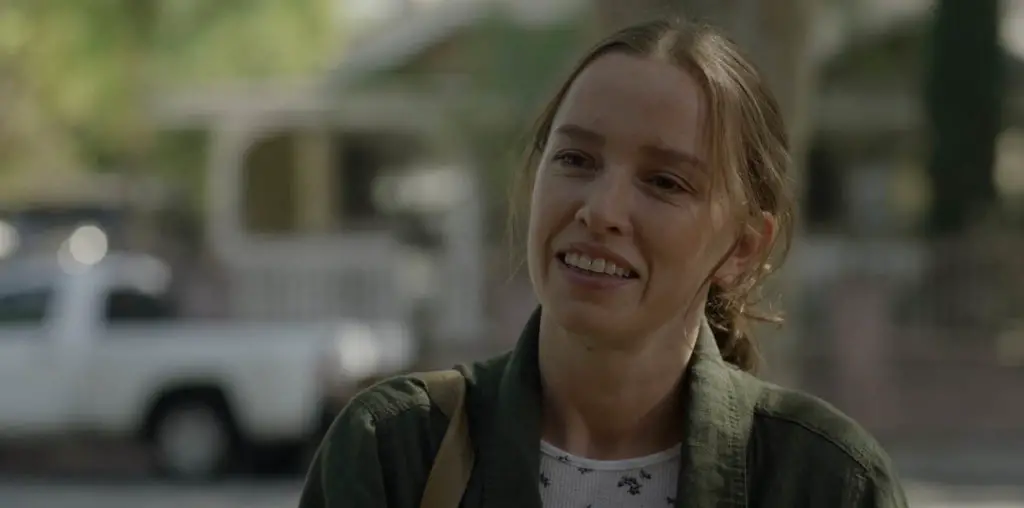
So you’ve been in the cinema since, what, 1956?
45 years come May.
What actually made you get into cinema projection?
Well, like any kid at the time I loved the movies. All us wee boys would go see Flash Gordon and Randolph Scott, y’know. We were weaned on the cinema. For some reason I took a brainstorm when I was 15 to go to the cinema and ask for a job and they gave me it. This was in Kirkcaldy. The chief did say that the pictures were finished and I’d be better off getting a job in the linoleum factory. The linoleum factory hasn’t been there for about 35 years.
It’s been laid to rest. What was your wage back then?
I can remember it was two pounds six shillings, (£2 6s) which is two pounds thirty pence. That was for a forty-five hour week, I think. Well, cinemas weren’t open on a Sunday and I was off one day and one night a week, so…you can work out the hours. But I’ve never regretted a minute of it; the whole thing’s been a laugh. Hence the book.
When you first started, were you training under a projectionist? Did you do on-the-job training?
It was a five-year apprenticeship, unlike now where they just get a young chap out of the job center and give him six weeks’ training and he’s a projectionist. To us old-timers, of course, he’s not a projectionist; he’s a machine minder. I don’t mean any disrespect to them, as time goes on they’ll pick things up, but I was never allowed near a projector for a year. There were other things to do, like making the tea and running the chief’s messages. I went to the college and everything to pick things up. That’s another part of the thing. I went to the Cowdenbeath Mining Institute for projectionist training. That was a laugh. Because there were a lot of cinemas in those days, every small village in Fife had at least one cinema; some of them had two. There was certainly one in Cowdenbeath; there was maybe two. They all had boys working so there was quite a few of us ended up there. But why that place was chosen I’ve no idea; the place was full of miners. All the time we were there we didn’t learn much because the minute the tutors started teaching us about electrics and film handling and so on, the door would open. Could anybody show a film to this class up the stair, because everything in those days was a 16mm film; all educational films, we had no video or anything like that. So this went on all the time. Of course, the class gradually dwindled during the day because we were all over at this Mining Institute showing films. When it came to the end, of course, none of us knew anything about projection, but by God we could sure blow up a coalface.
They had projectors at the mining institue>
No, it was just theory. The only things they had was batteries and so on, basic electrics and pieces of film…there wasn’t actually much to it when you think back, because there wasn’t much to the film, there was just a moving projector with sound and that was it. There was none of the Dolbys and fancy things, all the electronics nowadays. It was a lot simpler in those days; the film was either on or off, it was one of the two. Nowadays it’s full of electronics and it’s just a nightmare sometimes if things go wrong.
That’s funny. What you’re saying is that young guys these days can just walk in off the street and after just six weeks, they can work machinery, which you’re saying is much more complex…
I’m not saying they can’t do it; their basic training is six weeks. They then can put a program on or make a program up, but it’s only through time that they’ll learn through experience what things go wrong and how they mend it. Nowadays, this being the electronic age, you don’t mend it, you just pull the bit out and throw it away, stick another bit in. For instance here, just about a month ago, we had the main light shutter on the projector slam into the cut-off shutter. Now the light shutter makes the picture move, well it’s the intermittent that makes the picture move, but it’s the light shutter that makes you see it. And without the shutter you don’t see anything but a big streak. Of course this happened in the middle of the program. The projector nearly leapt off the floor, as you know they’re sitting on the floor, they’re not wee things on a table. And this propeller, as you might call it, was flying around at an amazing speed and it slams into a piece of the machinery, bends itself back on itself, punches a hole in itself, how it didn’t cause great damage I don’t know, but the film couldn’t continue. And I actually took the shutter out of the machine – which is an engineering job – and battered it out on the bench. There was a hole in it, and I tried to stick that up with plaster and stick it back and tried to get on with the show. That just doesn’t happen in a modern cinema. For one thing, the projectionist just doesn’t have time because he’s got another ten pictures to look after.
The story continues in part three of MAX GIBSON: THE MAN BEHIND THE MAGIC>>>
